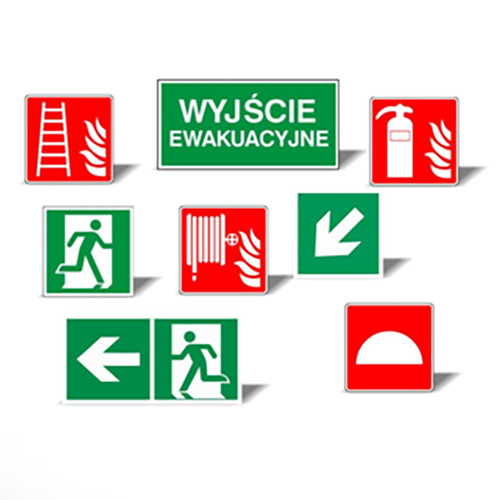Fire safety is one of the key aspects of every manufacturing plant. Among the many threats they have to deal with, one of the most dangerous are sparks, which can lead to fires or explosions. That is why effective spark detection and extinguishing is so important. In this context, the applicable regulations play a key role, specifying the requirements that spark detection and extinguishing systems must meet.
Fire Safety Regulations
There are many types of fire safety regulations, including international, national, and local. These regulations establish standards that spark detection and extinguishing systems must meet, as well as procedures to be followed in the event of a fire. Compliance with these regulations is not only a legal obligation, but also a key part of the responsibility for the safety of workers and the protection of property.
Spark Detection System Requirements
The applicable regulations impose a number of requirements that spark detection systems must meet. These requirements may concern various aspects, such as the sensitivity of the detectors, the response time of the system, as well as testing and maintenance procedures.
For example, some regulations may require that spark detection systems be capable of detecting sparks of a specified size, within a specified time, and be regularly tested and maintained to ensure they are operating properly.

Requirements for spark extinguishing systems
As with spark detection systems, spark extinguishing systems must also meet a number of requirements set out in regulations. These requirements may relate, for example, to extinguishing efficiency, response time, and safety of use. For example, some regulations may require that spark extinguishing systems be able to neutralize sparks within a specified time, and that they be safe for users and do not cause additional damage.
How to meet regulatory requirements – practical tips
Meeting the regulatory requirements for spark detection and extinguishing systems may require a number of steps. These steps may include, for example, selecting appropriate systems that meet regulatory requirements, regularly testing and maintaining these systems, and training personnel in the correct use of the systems and responding to alarms. Failure to meet these requirements can lead to serious consequences, such as financial penalties or even criminal liability.
Summary and future perspectives
Regulations regarding spark detection and extinguishing systems are a key element of fire safety. Thanks to them, production plants can ensure effective spark detection and extinguishing, which translates into increased safety. However, like any regulation, those regarding spark detection and extinguishing systems are also subject to change. Therefore, companies should constantly monitor changes in regulations and adapt their systems and procedures to them. Therefore, investing in modern technologies and systems for industrial protection is not only a matter of increasing safety, but also a matter of meeting regulatory obligations.
